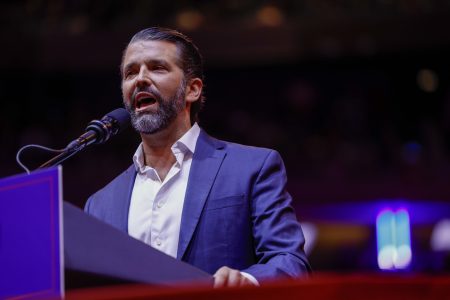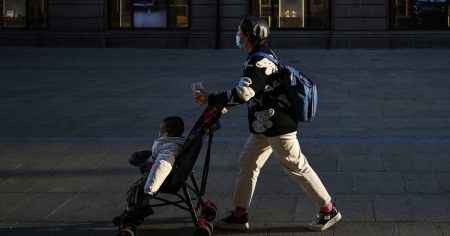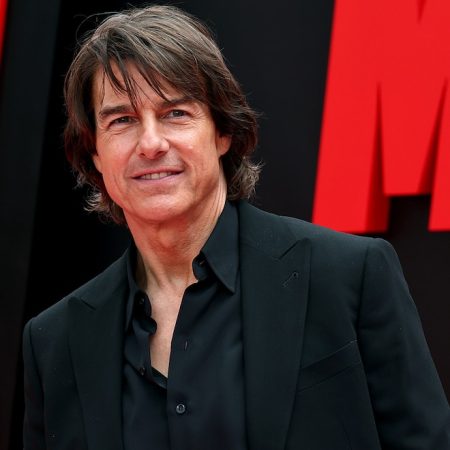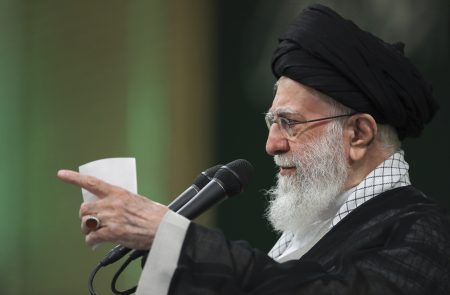The debate that took place offered a snapshot of another era due to several key factors. One of the main reasons is the emphasis placed on foreign policy and the role of the United States in global affairs. During this era, the U.S. was in the midst of the Cold War, and tensions with the Soviet Union were high. As a result, the candidates were expected to outline their strategies for dealing with international threats and maintaining American supremacy on the world stage. This focus on foreign policy is characteristic of a time when international relations were at the forefront of political discourse.
Another reason the debate offered a snapshot of another era is the lack of emphasis on social issues and domestic policy. Unlike modern debates, where topics like healthcare, immigration, and climate change take center stage, the candidates in this debate focused primarily on issues related to defense, security, and diplomacy. This reflects a time when the Cold War dominated the political landscape and overshadowed many of the domestic concerns that are prioritized today. The candidates’ positions on foreign policy were seen as paramount to their ability to lead the country effectively.
The debate also provided insight into the leadership styles and personalities of the candidates, which were influenced by the era in which they were competing. Kennedy and Nixon embodied different approaches to governance, with Kennedy portraying a youthful and charismatic image, while Nixon projected a more stoic and serious demeanor. These contrasting styles reflected the changing cultural norms of the time, as the post-World War II generation gave way to a new era of activism and idealism. The candidates’ personalities played a significant role in shaping public perceptions and ultimately influencing the outcome of the election.
The debate also highlighted the role of media in shaping political discourse and public opinion. The advent of television brought the candidates directly into people’s homes, allowing voters to see and hear them in a new and intimate way. This visual medium added an extra layer of scrutiny to the candidates’ performances, as their appearance, facial expressions, and body language were all subject to analysis. The impact of the televised debate was profound, as it showcased the power of media in influencing public perception and swaying voter sentiment.
Furthermore, the debate offered a window into the broader social and cultural dynamics of the era. The 1960s were a time of profound change and upheaval, marked by civil rights struggles, anti-war protests, and a generational shift in values. The candidates’ positions on issues such as civil rights and social justice were seen as indicative of their ability to lead in a tumultuous time. The debate provided a platform for discussing these pressing issues and revealed the candidates’ attitudes towards progress and change in American society.
In conclusion, the debate that took place during this era offered a unique glimpse into the political, social, and cultural dynamics of the time. It highlighted the importance of foreign policy, the influence of media, and the significance of leadership styles in shaping public perception. By analyzing the debate through the lens of historical context, we can gain a better understanding of the forces at play during this pivotal moment in American history. This snapshot of another era serves as a reminder of how far we have come and how much has changed since that time, while also offering valuable insights into the enduring themes and challenges of leadership in a complex and ever-evolving world.












